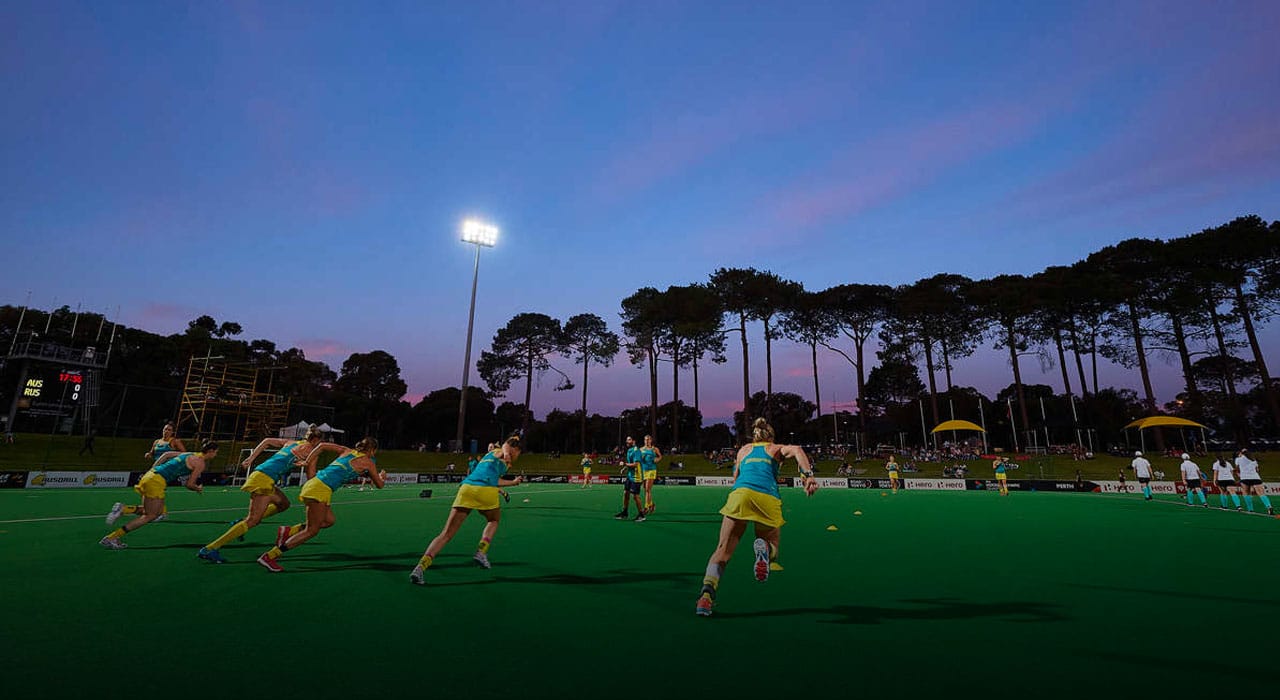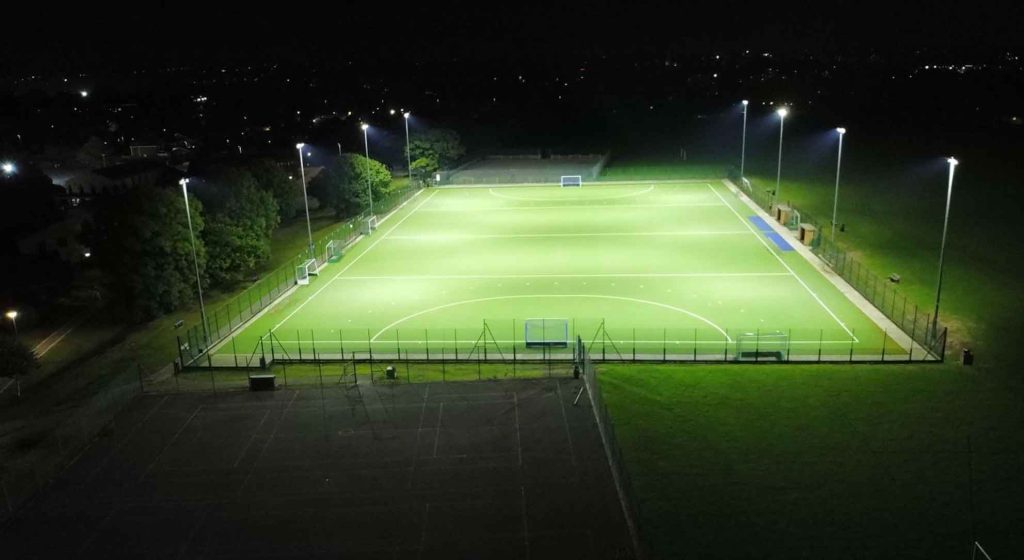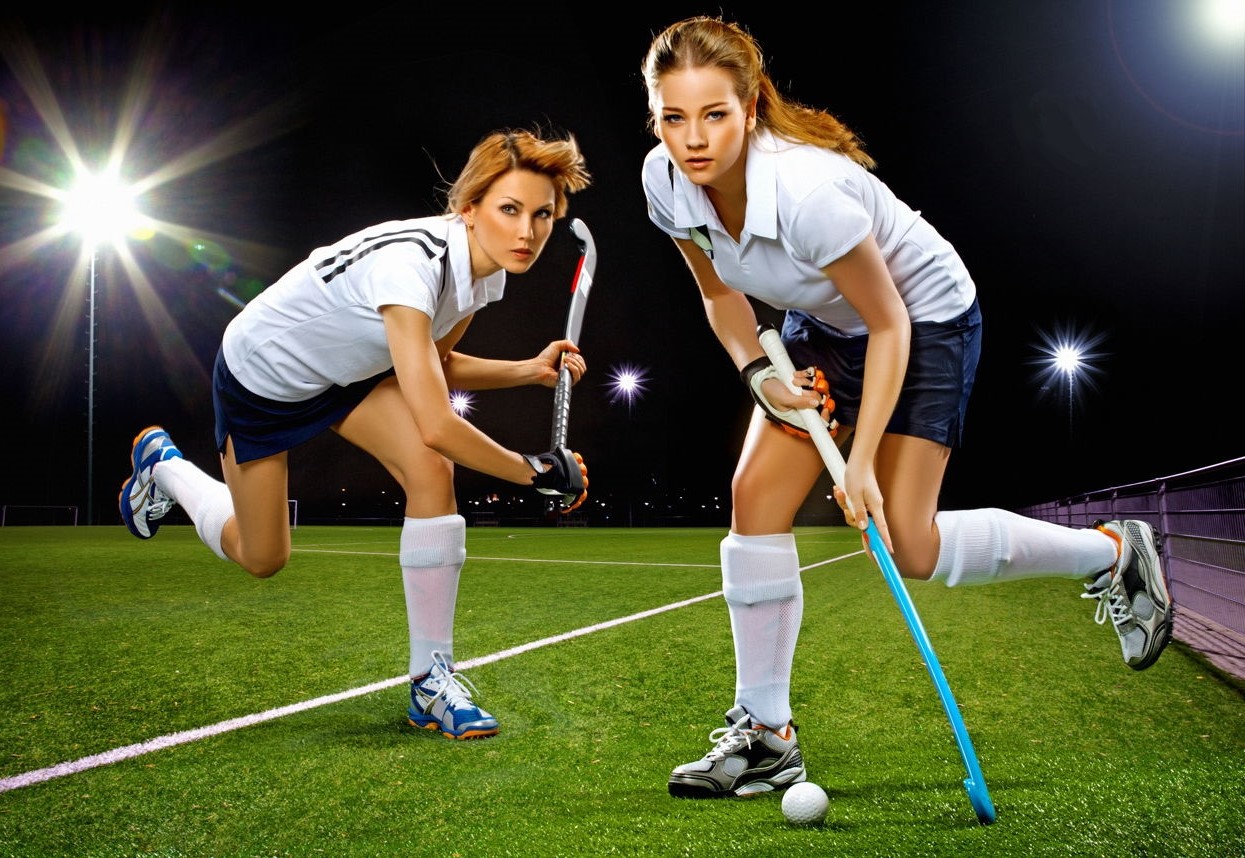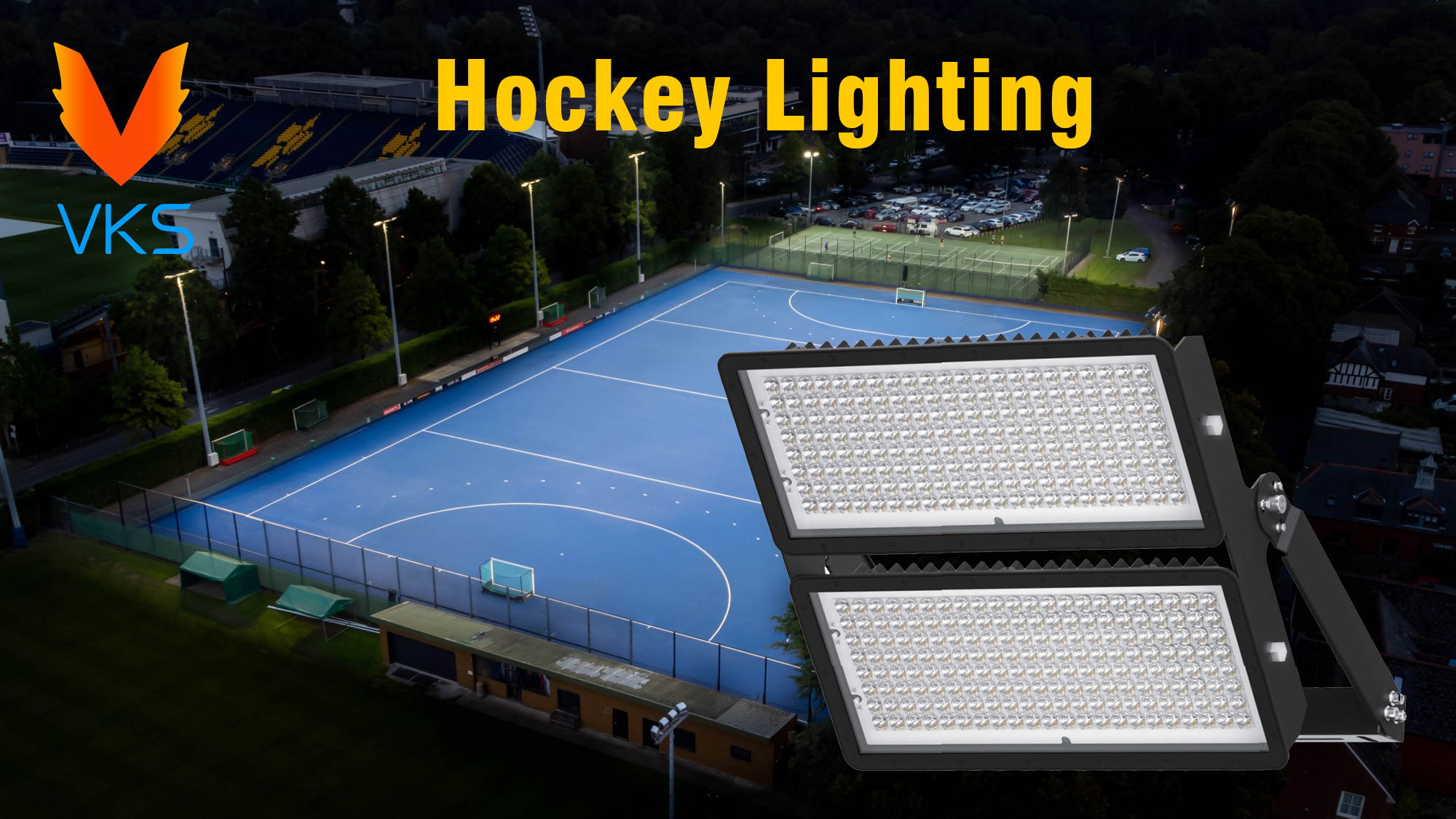Our collaboration with lighting clients offers us a unique advantage – the opportunity to understand their thoughts about lighting directly. Although the concerns differ across clubs, certain queries frequently recur, which is one of the many advantages of our partnership.
VKS is pleased to provide answers to some of the most common inquiries we receive from various customers in this article.
Are LED hockey lighting expensive? Can we afford LED lighting?
The current energy price situation and inflation may make it more important to ask if you can afford to not do so. Some clubs expect their operating costs to double when the energy cap is lifted again in October. The case for changing outdated and inefficient floodlights, like metal halide, will be especially strong.
The cost of LEDs is also important to note. It has dropped significantly over the last five years. LEDs were expensive when they were first introduced to the market, as with any new technology. We’re past the tipping-point, and LEDs have become cheaper and more cost-effective than other lights in the long run.
Will LED lighting really save us money? When can we expect to start seeing a return on our investment?
Absolutely. In many of the projects that we have worked on, probably most in fact, the energy consumption has been halved by replacing metal halide with LED lights. This has a huge impact on costs. LEDs tend to have lower maintenance costs.
The speed of return varies depending on the club. Hockey clubs, in general, tend to get a quicker return on lighting investment than other sports. This is because they use floodlights more frequently and more widely, so energy savings are greater. Clubs often see a return on their investment within five years.

My hockey lights are not functioning in one corner. Do I need to replace the lights?
Not necessarily, but probably. This is where ‘uniformity,’ comes into play. You want uniformity in any sport but especially hockey, where the ball can be difficult to see and the game can move quickly.
Speak to an expert. VKS always works with existing infrastructure, as it is more cost-effective for the club. If you already have lights that work well and are up to standard with the new ones we would install, they can be kept as long as uniformity is not compromised.
How often should I have my LED hockey lights maintained or cleaned?
This is largely down to the LED light manufacturer. We offer a 5-year guarantee on our LEDs, for example. This covers you whether or not you maintain them. We understand that clubs have a busy schedule and don’t want to add to the hassle by having to comply with certain requirements to maintain their warranty. It’s worth checking, as some manufacturers require you to sign a service agreement in order to keep your warranty valid.
The frequency at which you clean your lights is a reflection of how committed you are to keeping them in top condition. To keep your lights performing at their best, we recommend cleaning them every two to three years. Consider a base-hinged pole if you plan to clean your lights regularly.
When planning LED hockey lighting, should I consider light spill?
Light spill is a major concern for clubs, especially in EU &AU. Many hockey pitches are located in densely populated areas. The main cause of light spillage is the use of the wrong fitting or the lack sports lighting. There are many ways to make sure that the lighting is only illuminating what it should be – cowls and shieldings, hoods and mast heights.
Bats, in particular, are another issue. There are many restrictions on what can disturb bats’ habitats as they are a protected species. Clubs with existing lighting solutions would have to make a dramatic change between the previous installation and upgrade to get planning. We also help clubs with the planning process.

Is it necessary for us to change our masts when we decide to transition to LED hockey lighting?
It’s a good question, because the answer depends on which floodlights are chosen. It’s widely believed that LED floodlights require special masts in order to support their weight. In many cases, this is true, which means the club will need new masts along with new lights.
VKS’s LEDs are designed to match the weight and size of the luminaires most hockey clubs have. This means we are more likely to be in a position to do what is known as a “retrofit” solution, where we keep the masts but only install new led hockey floodlights. This can reduce the cost of a typical project by up to 50%.
Are sports LED lights turned on immediately?
It’s true, they are. This is another reason to replace metal-halide lights. Metal-halide lights can take up to 20 minutes to reach their full brightness, which is a waste both of time and energy. It’s even worse if the light is accidentally switched off. You will have to wait for it to warm up again.
Two other benefits are also available. If you have a pitch you rent out, you can simply turn the lights off during a lull in bookings. In addition, LEDs may be dimmed to suit other sports which do not require as much lighting. You can save money by doing both of these things.
Is it necessary to rewire our facility for LED hockey lighting ?
You don’t, in the vast majority cases. The cables that are already in place at the club tend to be sized appropriately to accommodate the new LEDs. In this case, we only need an Electrical Installation Condition Report from an electrician. We can recommend an electrician if clubs do not have an Electrical Installation Condition Report (EICR).
This only becomes a problem when a club completely changes their vision for what lighting should do. They might have to rewire if they want to increase the lighting level and so far they only have low-power options.

Post time: Dec-12-2023






